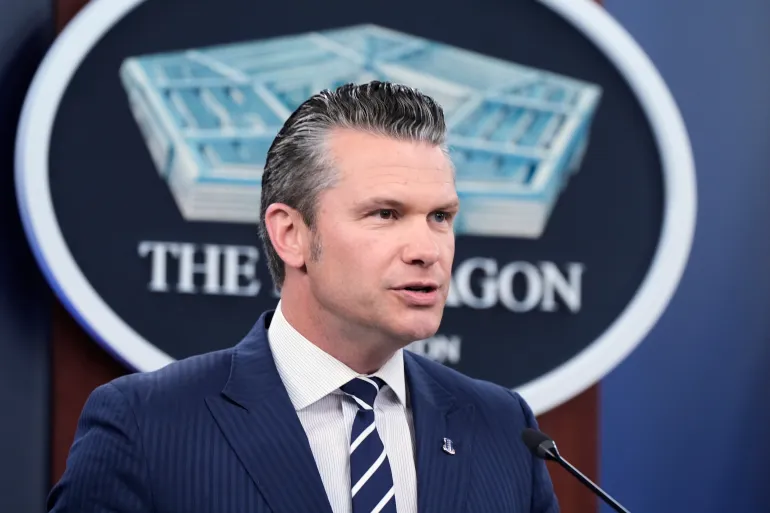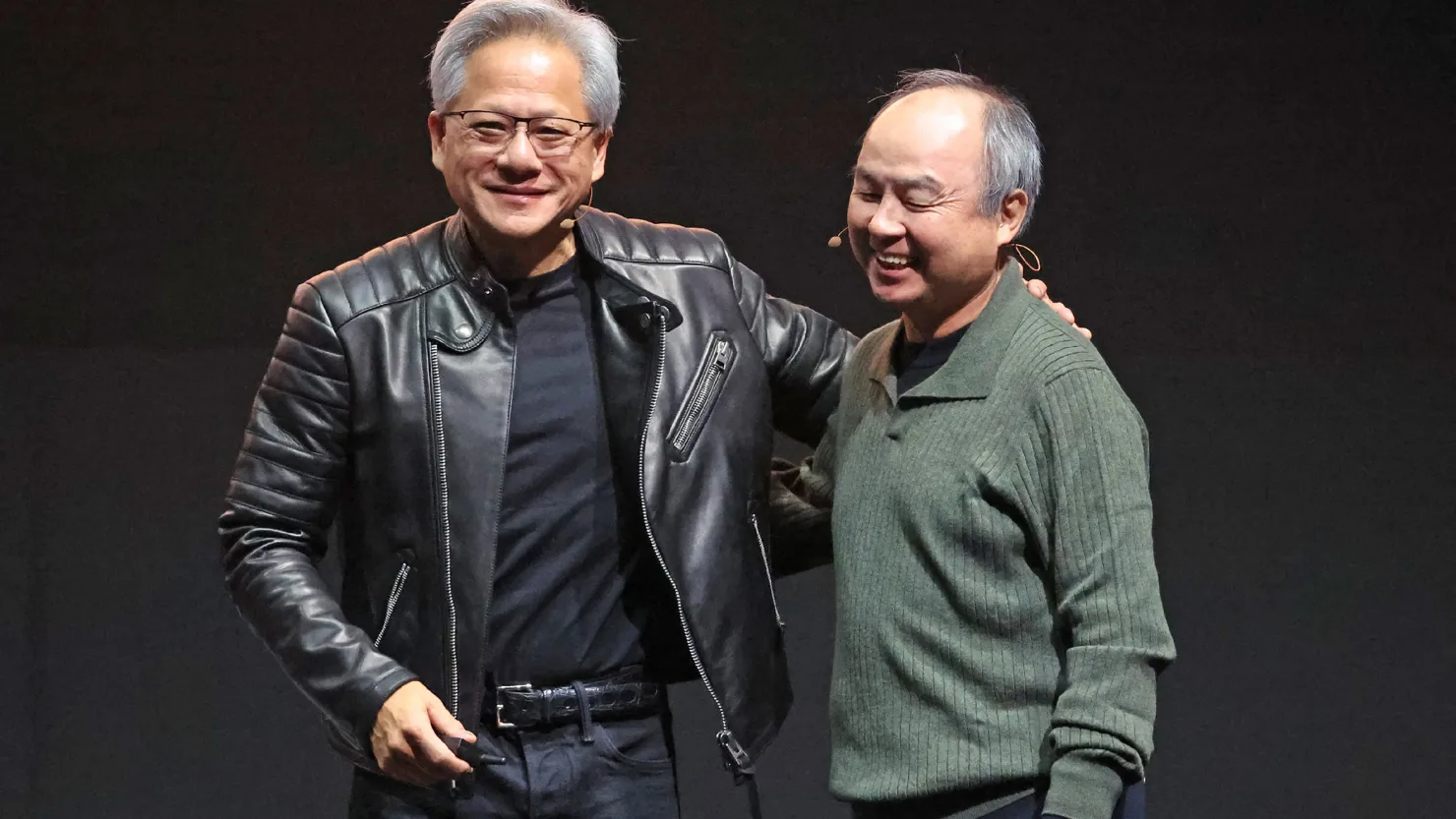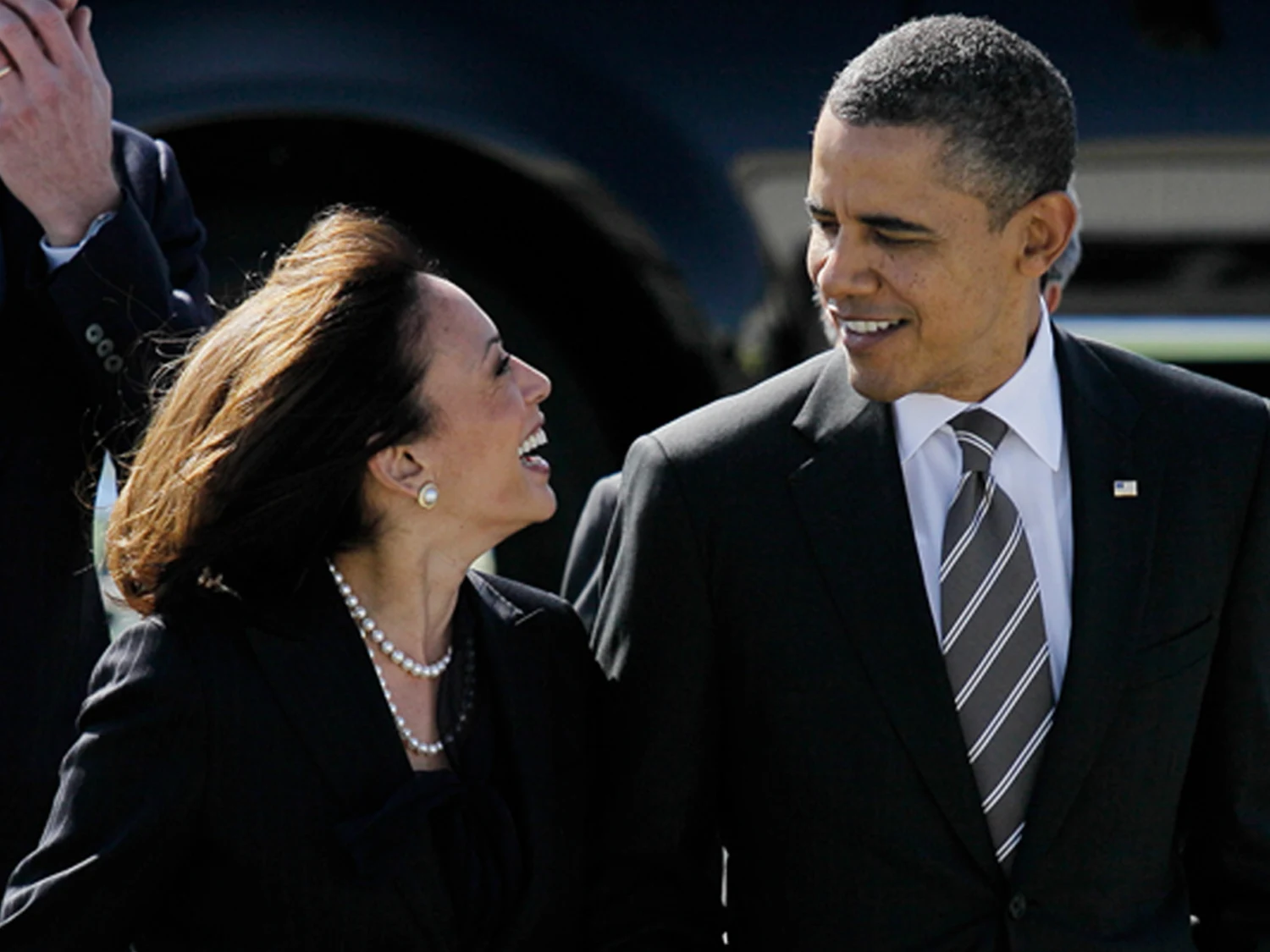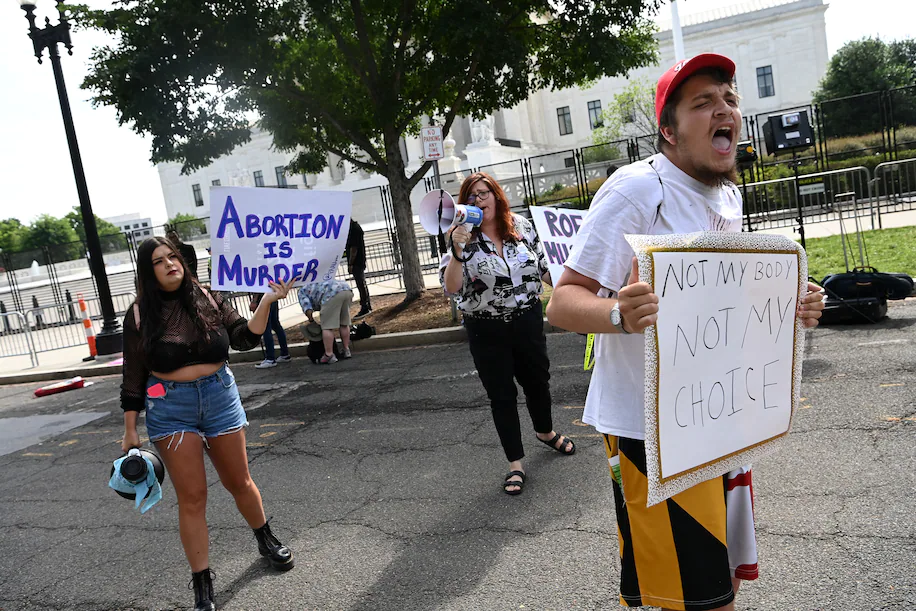With input from CNBC, Business Insider, CNN, the Washington Post, and Reuters.
President Donald Trump floated a headline-grabbing idea over the weekend: a 50-year fixed mortgage. In a Truth Social post contrasting himself with Franklin D. Roosevelt’s 30-year innovation, he hinted at stretching payments across five decades to make monthly bills smaller. FHFA Director Bill Pulte amplified it as a potential “game changer,” saying the agency would consider it.
Mortgage pros aren’t convinced. On paper, a longer term trims the monthly hit — spread the same principal over 600 payments and each one drops — but the tradeoffs are big. Housing economists warn it juices demand without adding homes, the exact opposite of what the market needs. The US is short roughly 4.7 million units, and more purchasing power chasing too few listings typically pushes prices higher. Realtor.com’s Joel Berner puts it bluntly: whatever buyers “save” each month could get wiped out by rising prices.
There’s the interest math, too. Longer loans are riskier, so they usually carry higher rates. Even if the rate matched a 30-year (it likely wouldn’t), compounding across 50 years is punishing. Berner estimates a 50-year borrower would pay about 86% more interest than a 30-year borrower and, a decade in, have more than 10% less equity. That slower equity build also leaves owners exposed if prices dip. And it’s not clear the product is even doable without rule changes: today’s “qualified mortgage” rules cap terms at 30 years, and getting Fannie Mae and Freddie Mac to buy 50-year loans would take policy work — and taxpayer risk — well beyond a social-media post.
If the goal is affordability, most economists point to supply — build more homes and costs fall. In the meantime, there are saner ways to lower your monthly payment with the tools we already have. Government-backed programs like FHA, VA, and USDA often come with lower rates or reduced down-payment hurdles, and they’re designed for first-time and moderate-income buyers (with VA reserved for service members and veterans, and USDA tied to eligible rural/suburban areas). Shopping hard on rate also matters: online lenders and credit unions frequently undercut big banks because of lower overhead or member-owned structures, and a few tenths of a percentage point can translate into real monthly savings. And if your timeline allows, saving a bigger down payment tackles affordability from multiple angles — smaller loan, less interest over time, and, at 20% down, no private mortgage insurance, which alone can run roughly 0.5%–1.5% of the loan per year.
A 50-year mortgage might make a payment look friendlier on day one, but it risks higher total costs, slower wealth-building, and even higher home prices in a market already starved for supply. You’ll likely get more durable relief by pairing today’s lower-cost loan programs with aggressive rate shopping and a stronger down payment — while policymakers focus on the only lasting fix: building more homes.








The latest news in your social feeds
Subscribe to our social media platforms to stay tuned